What is the thermocouple type? J? K?
Sounds like you need an extension cable to go between your TC probe and your circuit board. Omega.com has wire going down to #40ga size, search on their site for "TT" wire, it's teflon type (e.g. their TT-K-24 is K-type 24-gauge thermocouple wire, both wires inside a teflon jacket.)
The usual technique is to screw the tiny leads down inside a larger thermocouple male-pins connector, like these from Omega, they're about $3 each. Then plug this connector into a female of the same TC type (yellow plastic is the code for K-type.)
If the temp-gradient at this connector is minimal, then just use copper wire to connect between the female side and your PCB terminals. They do have female panel-mount, search "RMJ," so your project enclosure box can have a thermocouple jack rather than permanent wiring.
Note that some thermocouple alloys are not solderable with electronics solder, non-wetting. (That's why we use screw-clamp terminals.) Also, if there's significant temperature gradient at the location of the connections (for example, on a PCB next to a warm processor chip,) then the TC wire and copper will become a new thermocouple, and the non-uniformly warm PCB will throw your measurements off. The screw-clamps inside the plastic TC connectors are made from thermocouple metals, K-type chromel-alumel etc., so it's possible to make extension-cord connections in large-gradient locations without disturbing the main thermocouple.
Finally, one trick is to make your own connectors: get some tiny male and female gold crimp-pins, like those used inside older DB connectors. Crimp each one onto the unsolderable thermocouple wires. Crimp the opposite sex onto copper wires. Then plug them together, and perhaps shrink-tube the individual sides to keep them from touching. I get those gold crimps from Digikey: A1008-nd and A1009-nd
IIRC, with K-type TCs, the Chromel is solderable, but the Alumel is not. Both alloys are mostly nickle. With K-type and T-type thermocouples both sides are solderable.
And finally, when making TCs from wires, if you can't spotweld the alloys, and they won't wet with solder, instead use one of those same gold crimps above. Just crimp your chromel-alumel wires into the same crimp terminal, and snip off the rest of the gold terminal. Seems to work better than just twisting them, but not as well as actual spotwelding. Also, the proper TC crimps are little nickel sleeves sold by Leeds & Northup "Quiktip" TC pressure connectors # 128543. Procinst was still selling these a few years back, along with the crimp-tool http://procinst.com/legacy-product-support/leeds-northrup/quiktip/

